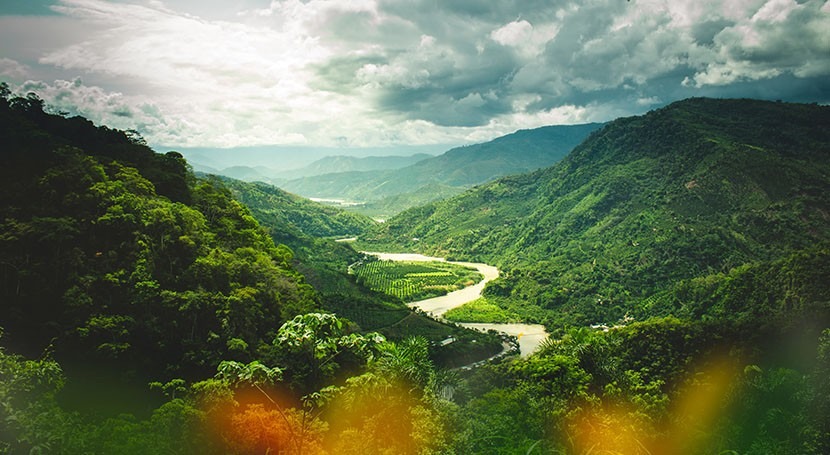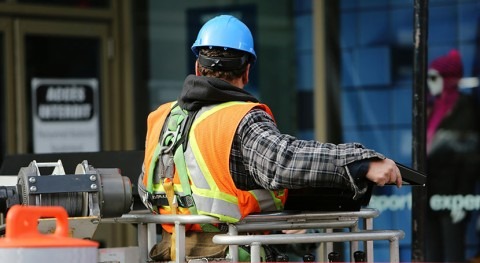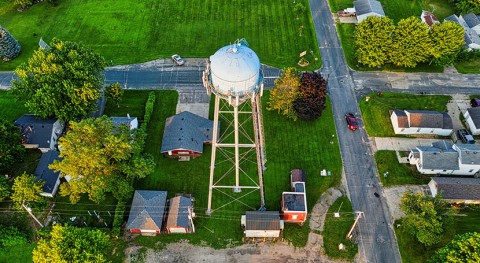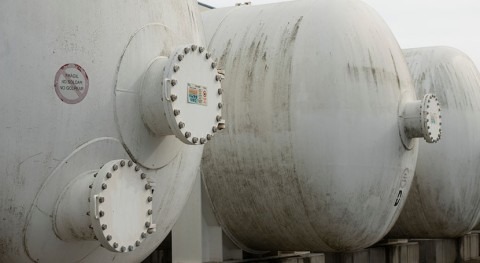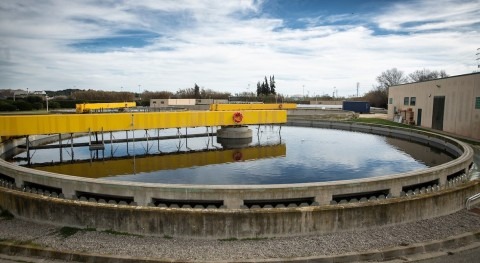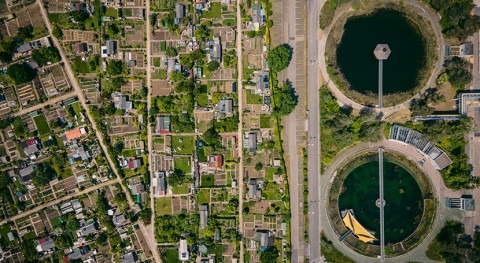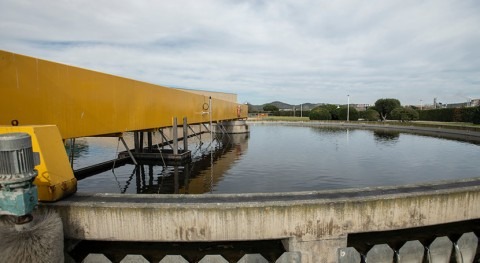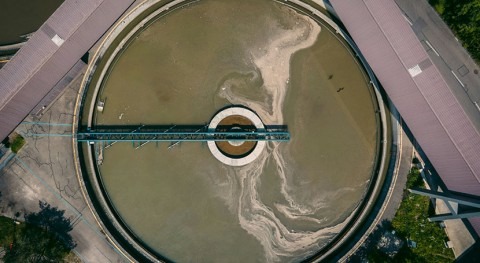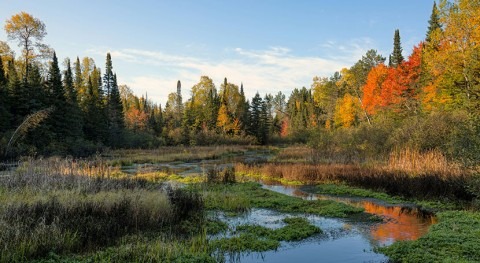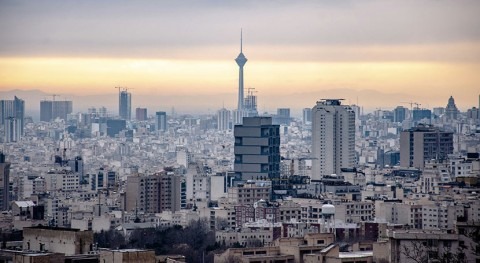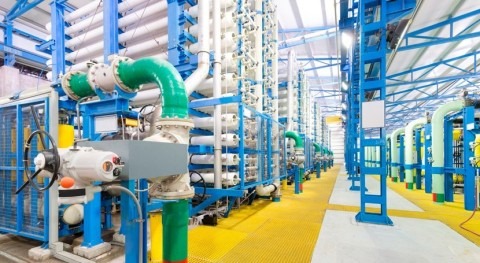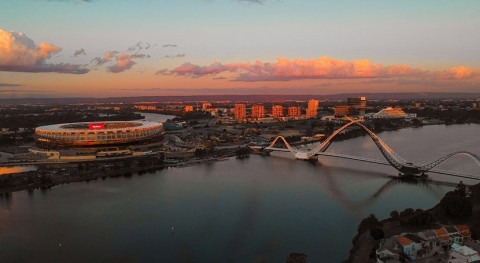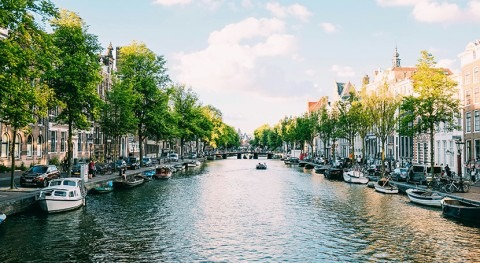The community of San Pedro de Casta, at some 3,200 metres above sea level and less than 100 kilometres from the city of Lima on the coast, is restoring abandoned irrigation dikes that channelled water in this mountain region before Europeans set foot on what is now Peru, as part of what they call “sowing water”, reports The Washington Post.
Peru has plenty of abundant fresh water, but most of the precipitation drains from the Andes eastward to the Amazon, while two thirds of the population live on the arid western coast, including about 10 million people in the capital Lima. Climate change is being felt in the Andean slopes behind Lima: while the highest watersheds receive more precipitation than before, at lower altitude, in San Pedro de Casta, there is less precipitation. The city’s water supply, which relies on rivers coming from the Andes, is under mounting pressure.
People in this Andean rural communities are redeploying ancient technology to help with climate change adaptation: the amunas (a Quechua word that means “to retain”) are essentially an ancestral system of artificial groundwater recharge. Developed to address the challenge of growing cops in a dry, high-altitude climate, the amunas are water canals that divert excess stream flow during the wet season and allow it to seep into the subsoil. The water that infiltrates into the substrate replenishes the water table and emerges later in the year from natural springs, where it is available for crops.
Restoring the amunas benefits the mountain communities, but also the downstream urban population, as water also makes its way to the rivers that supply the city. Sedapal, the water utility serving Lima, has invested in desalination and reservoirs at high altitude to ensure drinking water supplies, but about 1 million of the poorer city dwellers still don’t have running water.
Researchers have estimated restoring the amunas in the three watersheds that provide water to Lima could go a long way to address the water deficit in the city. The project in San Pedro de Casta, organised by non-profit Aquafondo, is one of several ongoing to restore the amunas, bringing people together to support agricultural production.
Sedapal is interested in restoring the amunas and other measures such as restoring the puna or tundra ecosystem at high altitude – where peatlands can hold water like a sponge – as complementary approaches to grey infrastructure, to ensure water security into the future.


